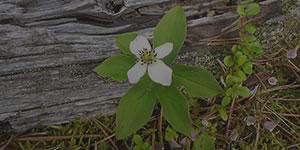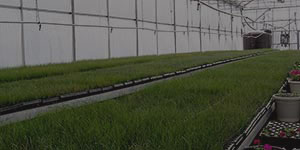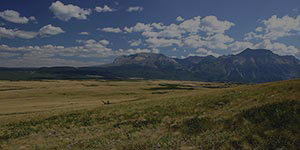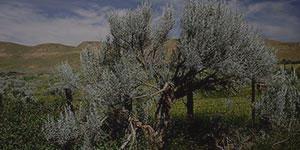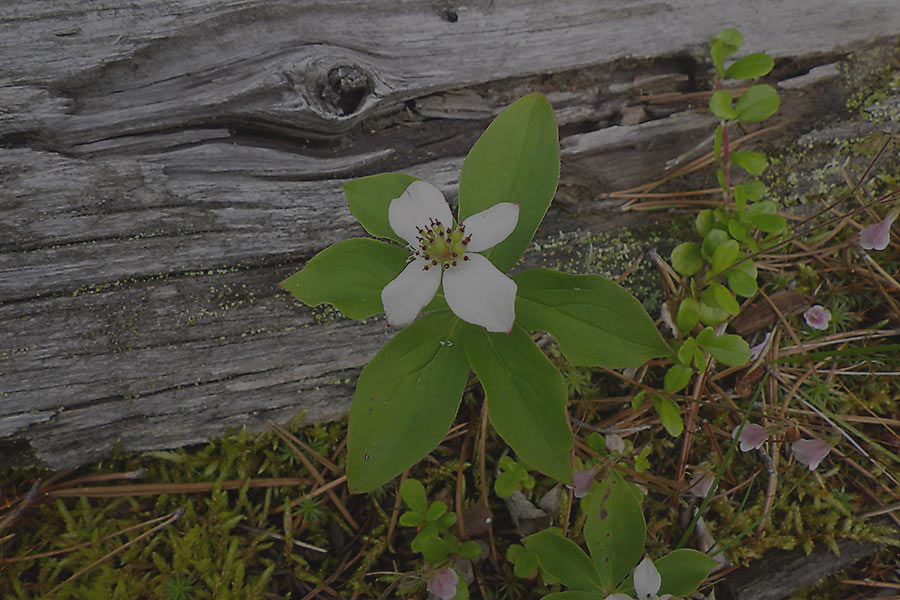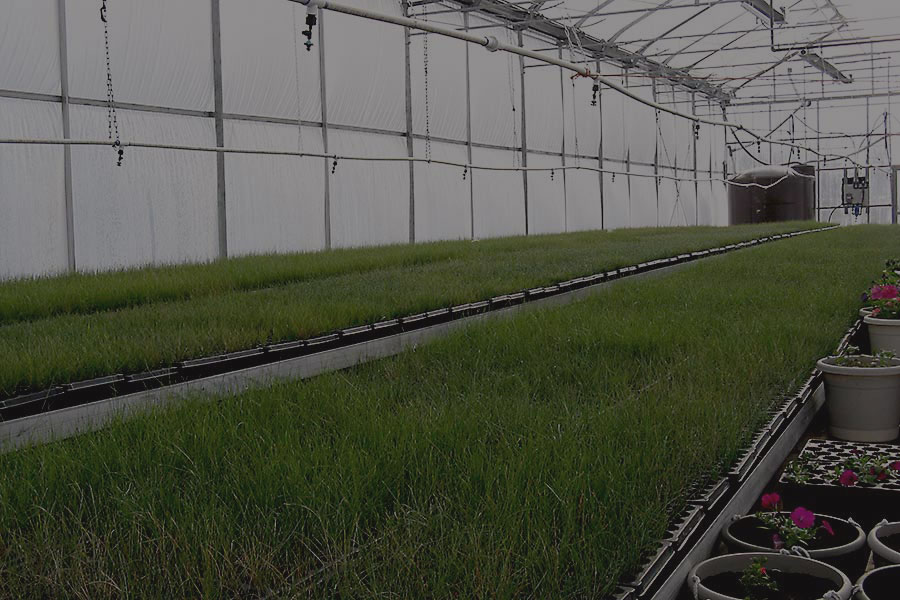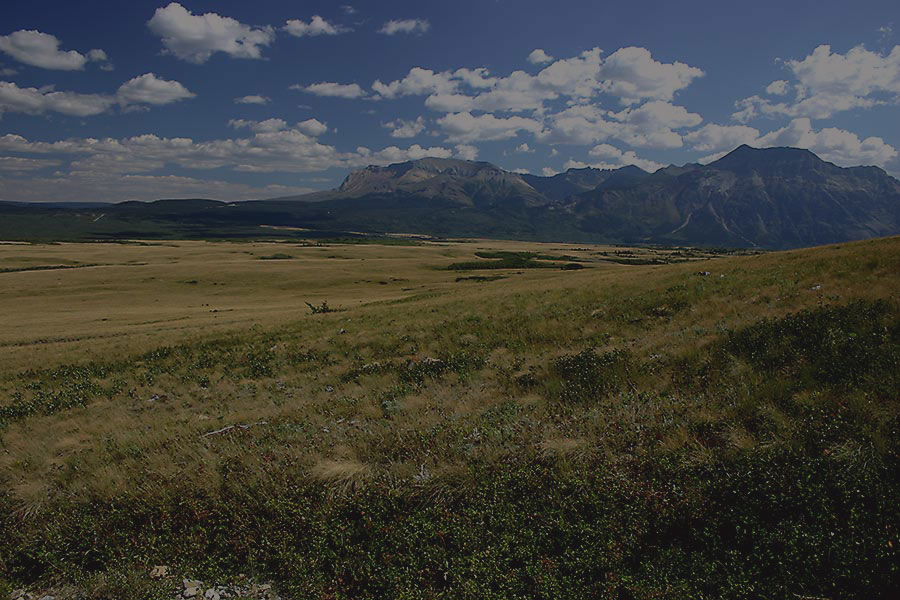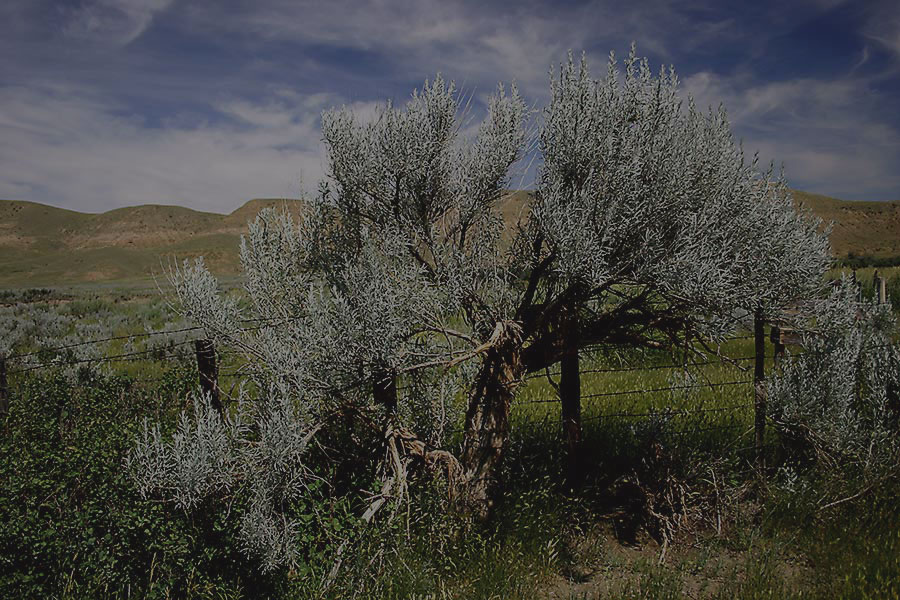Eastern Slopes Rangeland Seeds - Grasses
ESRS has been harvesting and producing native rangeland grasses as contract growers since 1985.
If you have a project that requires large quantities of native species we will either have it in our inventory or be able to produce it as a custom order.
No order is too large!
Descriptions of the grasses we produce can be located using this menu or the drop-down menu on each page.
Hairy Wild Rye – Elymus innovatus
A robust creeping grass 4-9 dm tall, of foothills, mountainous and some boreal regions, dominant in many forests, also in open grassland at higher elevations where sometimes found with rough fescue. It is important as a site stabilizer and as forage. Seed is hairy and difficult to handle, thus propagation via root cuttings or plugs is advised. Due to rapid rhizome growth, revegetation efforts can be successful with only one plug per square meter, or in the case of co-dominance with rough fescue, one plug per eight meters.
Idaho Fescue – Festuca idahoensis
A bunch grass, smaller and finer than rough fescue, 3 -10 dm tall. The species is naturally dominant in some locations, but more often is an early successional or increaser species, valued in restoration as it grows readily from seed, also produces, quite consistently, large amounts of seed.
Marsh Reed Grass – Calamagrostis canadensis
A robust rhizomatous grass growing 6-12 dm tall, common in all but the prairie region. It grows in swampy places, in moist woods and is valued for its soil stabilization properties in moist and acidic sites. Propagation by plugs or sprigs is recommended as seed is small, light and fluffy, and is very difficult to handle.
Needle-and-thread – Stipa comata
The primary bunch grass of the dry prairie region, valued as forage and as a dominant component of pristine grasslands. The species forms large tufts and grows 3-7 dm tall. Seed production is often uneconomical, wild harvest and greenhouse plugs alternative options for propagation.
Nevada Bluegrass – Poa nevadensis
A relatively unknown species locally but considered valuable in some rangelands to the south. It is a bunch grass growing 5-10 dm tall and is native to better soils in prairie grassland, and is recommended in restoration of these sites. It has been listed as rare in Alberta and as such populations should be left undisturbed or the species re-established.
Mountain Brome – Bromus carinatus
This species is extremely competitive and moderately productive with excellent germination and regrowth capability and drought tolerance is moderate. It is ideal for site stabilization, is very aggressive in moist climates and is early successional and can be out competed by climax grass species as succession progresses. It has agronomic potential as it is palatable and easy to seed and harvest with conventional machinery. Its growth type is comparable to orchard grass but is much hardier.
Nodding Brome – Bromus anomalus
This species is short in stature for a brome (<1m) and is a common woodland species that will venture out into productive grasslands in the foothills and parkland regions. It is useful in woodland mixes because of its early successional qualities.
Please direct production enquiries to This email address is being protected from spambots. You need JavaScript enabled to view it.
or Call us at 1-403-637-247
